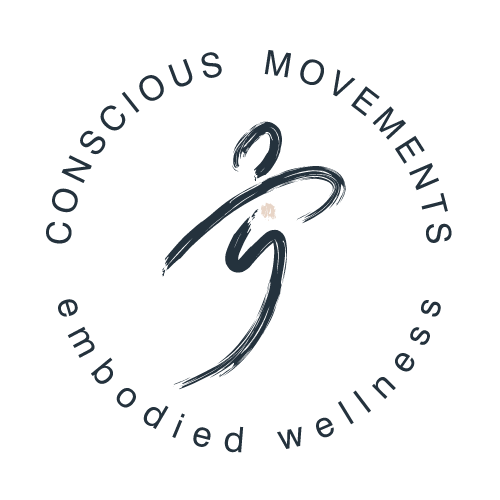Morning Walks With Awareness
Foot On The Ground. Sole On The Earth
Want to nourish your brain and cultivate a clear mind?
Taking a morning stroll might be the way to go.
One of my favorite things to do is to take an early morning walk after my Feldenkraisian movement time on the floor. I love the quiet stillness and the way nature sings as the sun rises. I love how the clean, fresh morning air breathes a sense of life into my every movement. I am inspired to play with my own movement experience.
If you’re like most people, chances are you’re not really paying attention to yourself as you walk through life. You might miss how your skeleton moves, the harmony of your muscles, or whether the pressure of every step is subtly hurting some part of your body or bringing you a sense of physical contentment and biological joy. More often than not, it’s likely that your goal is to get from where you are to where you’re going, often without much awareness of the process. Even taking a morning stroll on the beach can be void of awareness. The world can enter us to the point where we're no longer sensing ourselves.
Nourish your brain and calm your mind.
Walking can help to increase the amount of blood sent to your brain. In fact, a 2017 study found that your foot's impact during walking sends pressure waves through the arteries that significantly modify and can increase the supply of blood to your brain. When you find your rhythm in walking, you create a rhythm of blood flow that can optimize brain function, reduce age-related brain shrinkage, and improve memory. [1-2]
But it isn’t just your biology.
There’s something about the rhythm of walking that can calm your mind and reconnect you with your sense of self. Those thoughts that are often dancing in the background become clearer, and feelings of stress and agitation fade away. One 2018 study found that just 10 minutes of walking can improve your mood. An earlier study published in 2015 found that walking in a natural environment reduced rumination and anxiety. [3-4]
Weave Awareness Into Your Walking
Try this simple walking awareness practice for a couple of weeks and discover a new sense of ease in your everyday movements. If possible, explore walking on a natural, uneven surface. For example, take a walk in the park, on the grass, or at the beach. Invite a friend and share what you discover.
explore a guided home practice:
Walking With Your Living Space Guided Meditation
From The Easier Walking
Awareness Through Movement Series
This short guided Walking Meditation is a beautiful addition to the Walking Awareness Awareness Through Movement series. Like the other walking meditations in this series, it can be a powerful way to infuse your movement discoveries into your mindfulness practice or simply help you bring more mindfulness to your life.
“As a single footstep will not make a path on the earth, so a single thought will not make a pathway in the mind. To make a deep physical path, we walk again and again. To make a deep mental path, we must think over and over the kind of thoughts we wish to dominate our lives.”
Audio Programs To Improve How You Walk Through The World
-
Experimental Biology 2017. (2017, April 24). How walking benefits the brain: Researchers show that foot's impact helps control, increase the amount of blood sent to the brain. ScienceDaily. Retrieved May 7, 2022 from www.sciencedaily.com/releases/2017/04/170424141340.htm
2. Varma VR, Chuang YF, Harris GC, Tan EJ, Carlson MC. Low-intensity daily walking activity is associated with hippocampal volume in older adults. Hippocampus. 2015;25(5):605-615. doi:10.1002/hipo.22397
3. Edwards MK, Loprinzi PD. Experimental effects of brief, single bouts of walking and meditation on mood profile in young adults. Health Promot Perspect. 2018;8(3):171-178. Published 2018 Jul 7. doi:10.15171/hpp.2018.23
4. Bratman GN, Hamilton JP, Hahn KS, Daily GC, Gross JJ. Nature experience reduces rumination and subgenual prefrontal cortex activation. Proc Natl Acad Sci USA. 2015;112(28):8567-72. doi:10.1073/pnas.1510459112

